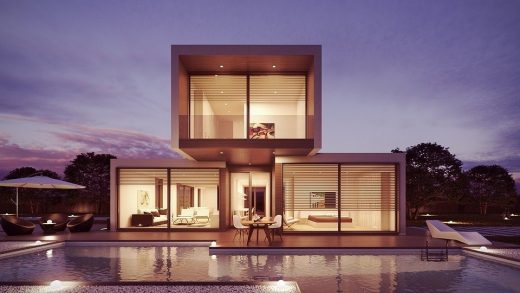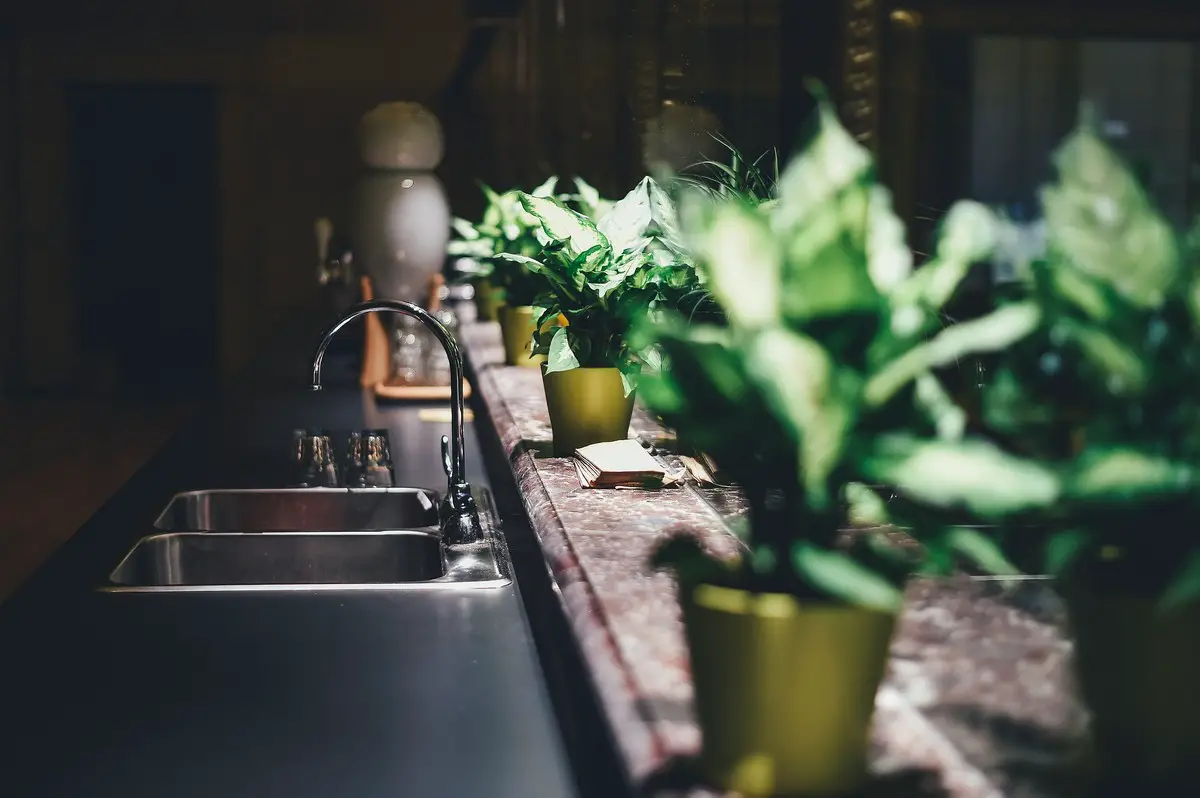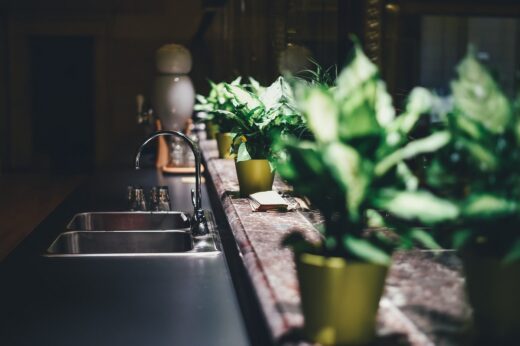Promoting Indoor Plants in Architecture Planning Advice, House Garden Guide, Growing Inside
Benefits of Promoting Indoor Plants in Architecture
26 Nov 2020
Gone are the days when the sight of plants climbing up building facades or creeping out of walls would be considered a sign of decrepitude or neglect. That view has not only changed but given way to greenery being a conscious inclusion in an architectural design.
The Benefits of Promoting Indoor Plants in Architectural Planning
Green is the new ‘black’ in the world of architecture
By 2050, the world’s population is estimated to reach 9.8 billion, of which nearly 70% will live in urban areas. Architects and urban planners are recognizing the need to make urban zones more liveable, sustainable, and resilient to the challenges of future such as pollution, lack of horticultural space, growing demand on resources, etc. Hence, plants feature strongly in their vision of future cities.
With the rise in sustainability and ecological awareness, there’s a growing practice of blending the natural and the man-made environments and many architects and urban designers are weaving this concept into their design thinking. Playing on man’s innate affinity with the natural world — also known as ‘biophilia’ — they are integrating natural elements into their structures in innovative ways such as living walls, vertical gardens, green roofs, and so on.
For example, a commercial building in Düsseldorf, Germany that was recently designed with 8 km of hedges comprising of over 30,000 plants, stands as Europe’s largest green façade. This and more structures like this are outstanding examples of the ongoing ‘green revolution’ in architecture where man-meets-nature is taking precedence over other design elements.
Today, even buildings that weren’t originally designed with greenery in mind are opting to include plants in their environments through plant hire and landscaping services such as the Brisbane based Advance Plants. This only goes on to show how impactful the green trend really is.
Benefits of Promoting Indoor Plants in Design
Why green architecture matters and needs to be promoted?
As we see more and more designers introducing living systems into architectural planning, it’s important to realise that this isn’t just a passing trend. It’s here to stay. And, that’s because plants go much beyond their aesthetic beauty to offer a multitude of benefits — physical, psychological, and economical. Plus, plants can transform the look and feel of a space, bend the acoustics and boost the energy efficiency of buildings.
The industry needs to promote plants as more than just design furnishes or accent pieces to draw the eye because green is the future of architecture. Here are some of the benefits of this approach.
Improved quality of life
One of the key focus of an architectural project is to enhance the experience of the people it houses. Plants are a great way to ensure this. They help to balance the indoor air quality by infusing more oxygen, reducing carbon dioxide from the area, and adjusting humidity levels.
Studies have shown that people benefit from lower stress and anxiety when living or working in an environment that has splashes of greenery. In fact, the mere sight of a plant is enough to improve our mood and feelings, especially in the stressful corporate workplace. It’s such a simple yet powerful way to improve the living quality of our buildings.
More productive environment
Planning of commercial buildings requires special attention towards making the space more productive and conducive for work. Addition of plants can turn an office space into a productive sanctuary, helping people stay more focused, enhancing creativity, mood, and memory. According to a UK study, bringing plants into the workplace has been found to increase productivity by 15%, while similar claims have been made by researchers from four universities in Australia, the UK and the Netherlands.
Increased economic value
Landscaping can raise the resale value of a house and speed up its sale, which makes it a wise decision to have plants in and around a property. Plus, plants lower energy costs and improve sales and operations by creating positive perceptions for businesses.
To sum it up, promoting plants in architectural planning will only serve to make our buildings and urban spaces better equipped for the future, more aesthetically pleasing, and more relevant to our changing lifestyles.
Comments on this guide to The Benefits of Promoting Indoor Plants in Architectural Planning article are welcome.
Gardens
Gardens Posts
How to Take Care of Your Growing Plants in the Garden
5 Reasons To Consider A Greenhouse in Your Garden
5 best aquatic plants that can help reduce algae
Building Articles

image courtesy of article provider
Comments / photos for the The Benefits of Promoting Indoor Plants in Architectural Planning Advice page welcome






